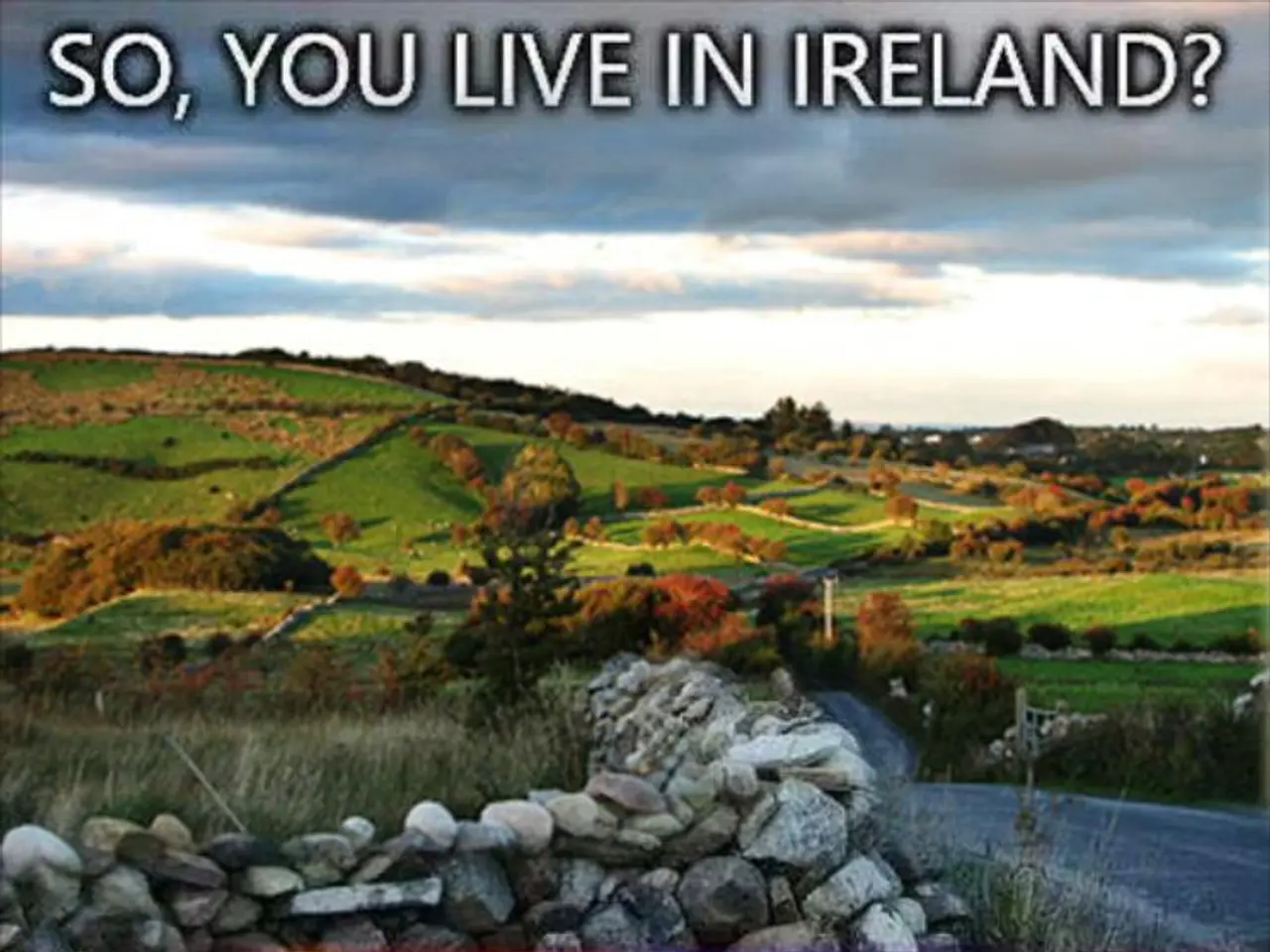Severe weather conditions endanger residential properties worth $12.7 trillion, with a significant portion of them reportedly underinsured
In a growing concern across the United States, severe weather disasters are becoming a significant affordability issue for homeowners nationwide. According to the Insurance Fairness Project in Washington D.C., affordability is driving the insurance decisions of many homeowners.
Approximately two million homeowners face unaware significant flood risks, as they reside outside federally designated flood zones. This reality is further compounded by the exit of several insurance companies, including major players like State Farm, Farmers Insurance, and Allstate, from high-risk areas, particularly in states prone to natural disasters such as California, Florida, and Louisiana.
This exodus of insurers has led to increased insurance costs and risks for homeowners, as they are left with fewer options and higher premiums. The growing financial burden of home insurance due to weather-related disasters is a nationwide concern.
Understanding climate risk in the housing market is essential, as it affects residential safety, property values, insurance costs, and overall market stability. A report by Jiayi Xu, a Realtor.com economist, states that over a quarter of U.S. homes, worth $12.7 trillion, are exposed to extreme hurricane, flood, or wildfire risks.
The Miami and Fort Lauderdale metro area has the highest insurance burden, with a premium-to-value ratio of 3.7%. The median market value of homes in this area is $614,000, making the premium for a typical home $22,718. The New Orleans metro area follows closely with a 3.6 percent ratio of premium-to-value and a typical premium of $8,328, which is considered unaffordable according to Jiayi Xu.
Notably, flood insurance is not typically covered by standard home insurance policies and must be purchased separately. However, many homes in flood zones lack flood insurance coverage, leaving homeowners exposed to significant financial risk.
Nova Dugan-Mezensky, a spokesperson with the Insurance Fairness Project, emphasizes the need for solutions to the escalating problem that don't leave homeowners bearing the financial burden. As insurers increase the cost of home coverage, some markets are seeing insurance ratios at or exceeding 2%, the threshold for insurance to be considered unaffordable.
The growing financial toll of weather-related disasters is a threat to the broader real estate market, as both insurers and property owners struggle to manage escalating climate risks. Approximately 5.6% of homes, representing $3.2 trillion in value, are endangered by wildfires, while around 6.1% of homes, worth $3.4 trillion, face extreme flooding risk.
Cape Coral-Fort Myers, Florida, Oklahoma City, Oklahoma, and Baton Rouge, Louisiana are also included in the top five metro areas carrying the biggest insurance burdens. The soaring cost of home insurance is causing many insurers to retreat from high-risk areas, leaving homeowners with unaffordable premiums, high deductibles, or no coverage at all.
As the nation grapples with the impact of severe weather disasters on homeowners and the broader real estate market, it is clear that finding sustainable solutions to this escalating problem is of utmost importance.








